The Shocking History of Haptics with David Parisi (Haptics Club #3)
Dive into the fabulous history of haptics with David Parisi, an haptics expert and Associate Professor of Emerging Media at the College of Charleston.
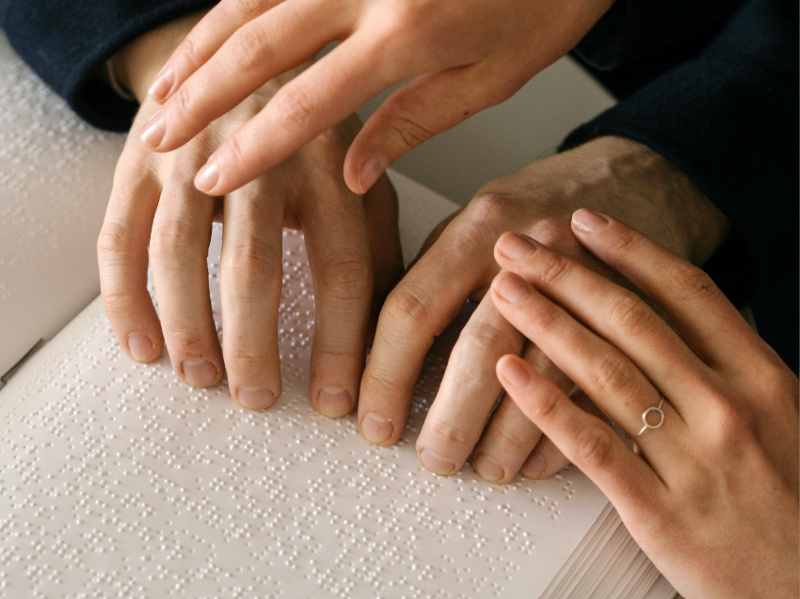
Dive into the fabulous history of haptics with David Parisi, an haptics expert and Associate Professor of Emerging Media at the College of Charleston.
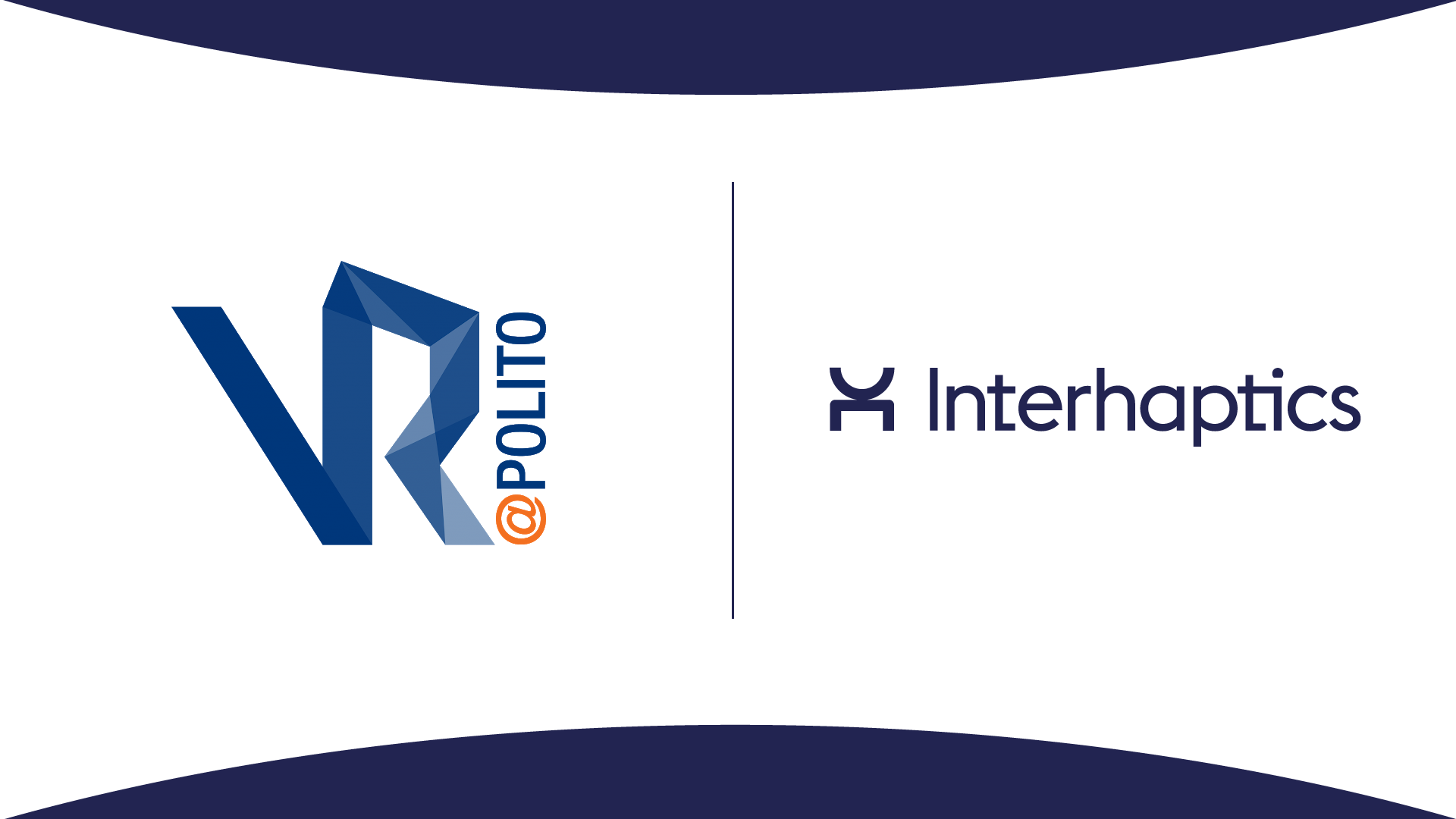
Interhaptics and the VR@POLITO lab of Politecnico di Torino University in Turin, Italy, are collaborating in a study of the impact of haptics in virtual reality (VR) training through an M.Sc. thesis project by Matteo Piviotti.
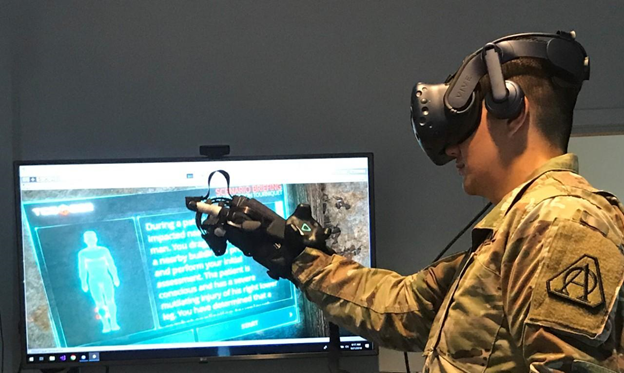
This article was extracted from the Recommended Practices for Haptics in Enterprise VR published by the Haptics Industry Forum. What should be considered while planning to include haptics in a VR training solution? ● Application maturity. A successful virtual training
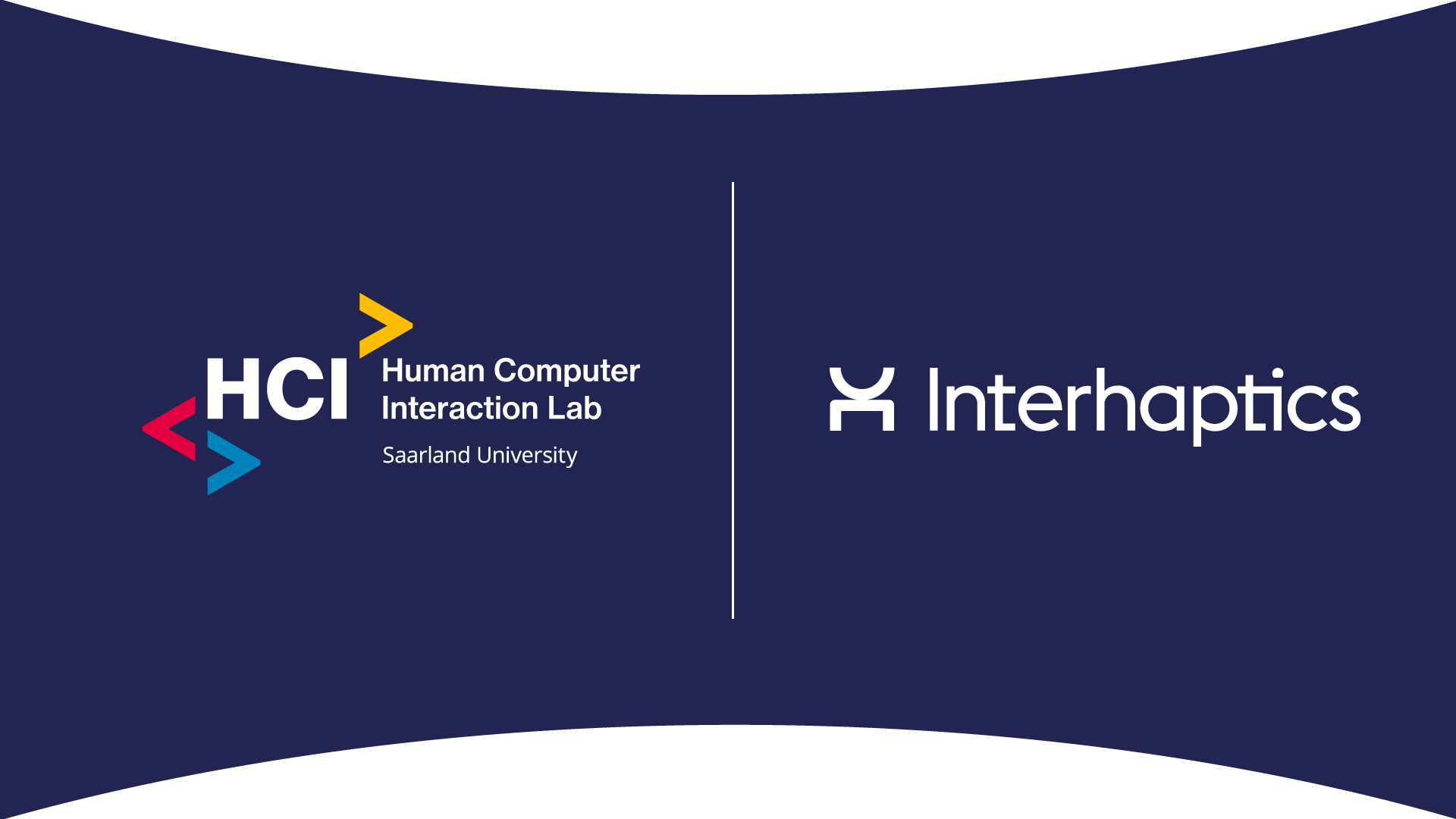
Interhaptics and Saarland University’s HCI Lab and UMTL teams are collaborating to study and better understand the process of designing haptic feedback.
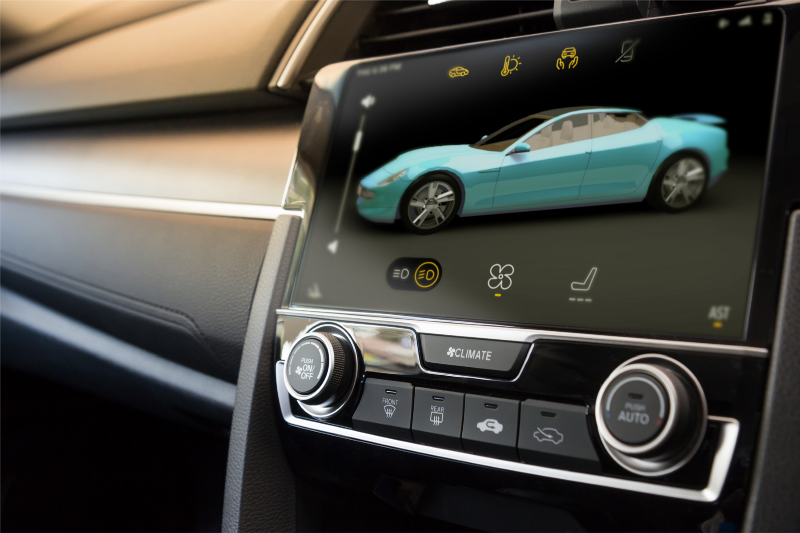
Digital touch screens are becoming more and more common in cars. But one of the biggest issues is driver safety, and haptics becomes crucial for reducing the time the driver has his eyes off the road by transmitting information through
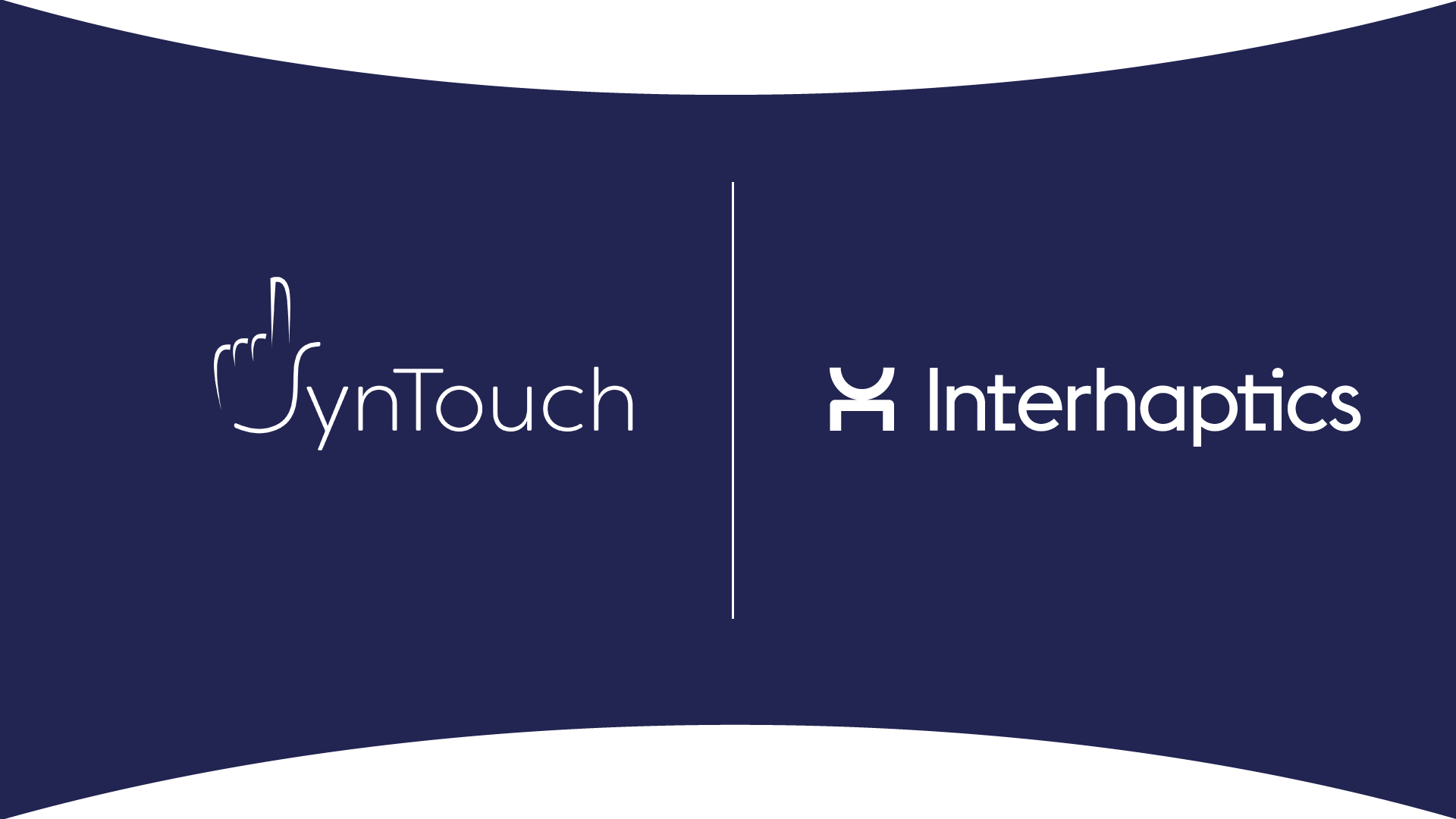
Interhaptics (Paris, France) and SynTouch Inc. (Los Angeles, California) are partnering to empower creators of digital experiences to deliver haptics experiences inspired by reality without asking them to become haptics experts.
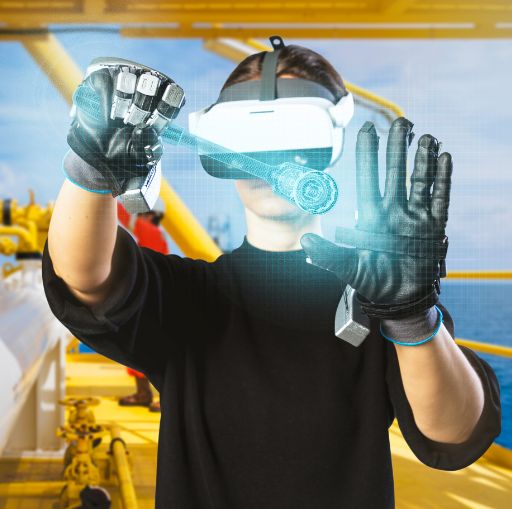
While VR makes it possible to model systems and interactions visually, haptics makes these interactions lifelike. This will increase the perceived realism of the user while performing design and review cycles.
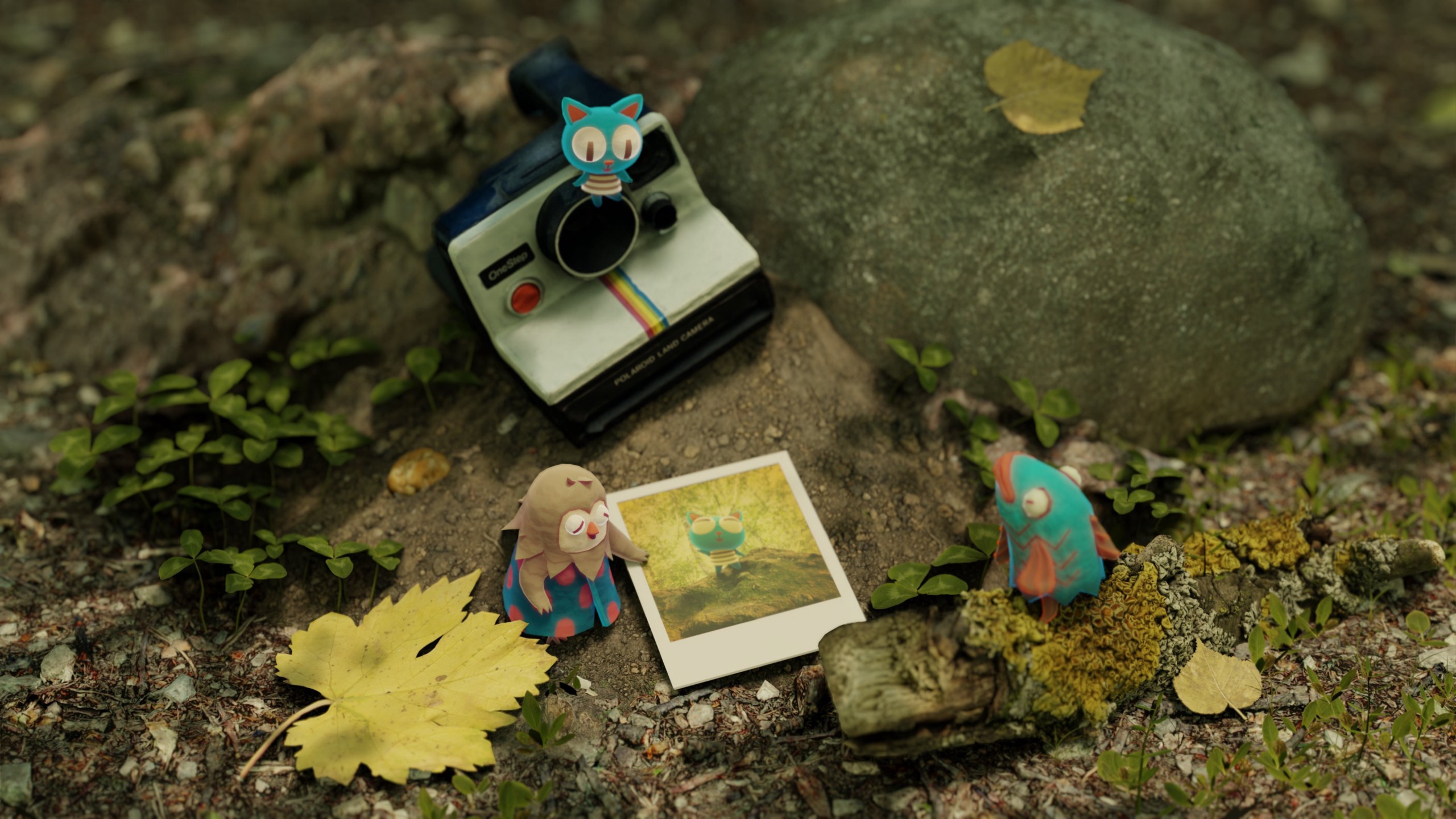
Kalank and Interhaptics are joining forces today to study the impact of haptic feedback on mobile gaming, and more particularly augmented reality (AR) content.
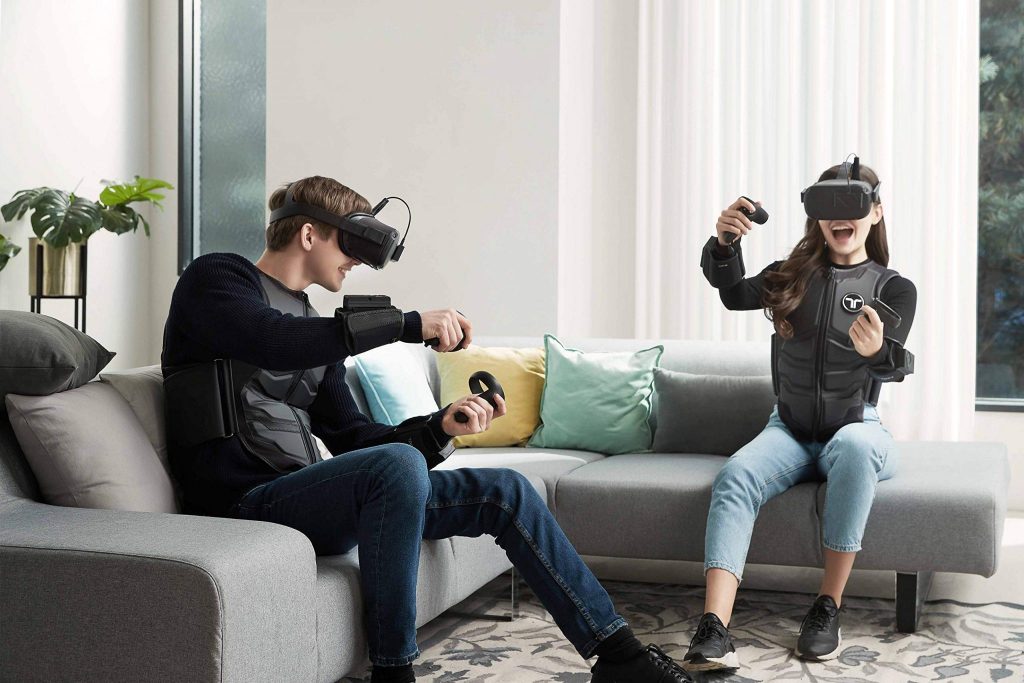
When you are in a VR environment you embody the full experience, and it makes a major difference between playing a shooter in a video game and a VR game.
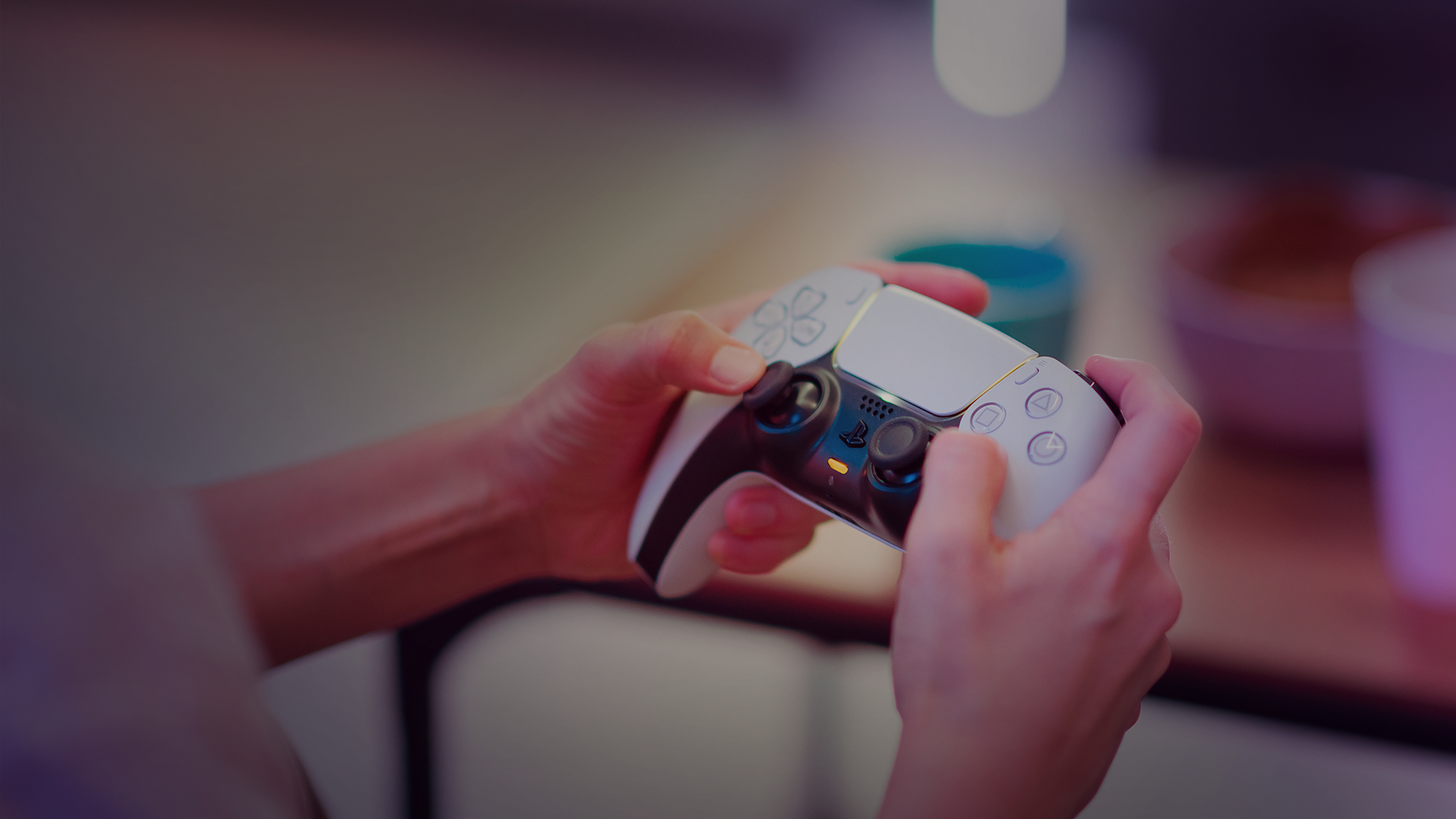
For experience creators who are used to content being platform-neutral, the haptic landscape is highly fragmented and inconsistent, which impedes creative exploration of the use of haptics to make novel user experiences.